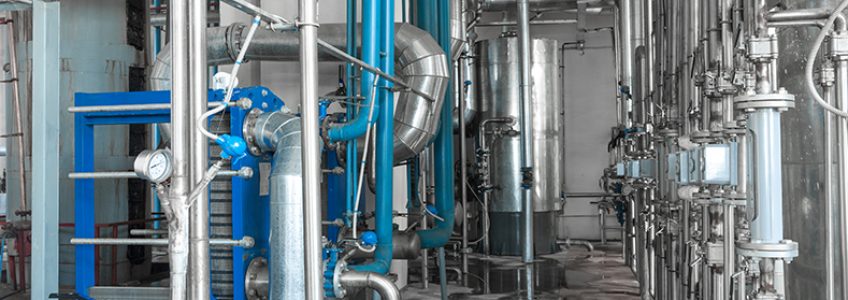HRC Barrier Applied Successfully Reduces TCE Levels to Non-Detect in Fractured Bedrock Site
Project Highlights
- Based on successful pilot test results, full-scale implementation of HRC barrier was applied
- TCE levels reduced by 99% within one year & at non-detect levels within 18 months
- Innovative design was effective in addressing contaminants of concern

Project Summary
At a manufacturing facility in Virginia, HRC® was injected into a crystalline bedrock aquifer contaminated with TCE and its daughter products. The industrial site had been in operation for over 30 years. Groundwater flow was controlled by fractures in the crystalline rock with little to no permeability present beyond these fractures. Contamination levels had reached a high of 220 ppb of TCE. REGENESIS® recommended an HRC pilot test in conjunction along with excavation of the impacted geology.
The design using an HRC barrier focused on reducing TCE concentrations within a bedrock formation. Injection of HRC was accomplished using a single and double packer array and an appropriate delivery pump. The packer application method allowed HRC to be focused on the fractures controlling groundwater flow. A single packer system was used to apply HRC to the lower fracture (32 ft. bags) and a double packer system was used to apply HRC to the upper fracture zone (22-28 ft. bags). HRC was effectively injected at volumes ranging from 120-160 pounds per injection well.
Technology Description
HRC® is an engineered, hydrogen release compound designed specifically for enhanced, in situ anaerobic bioremediation of chlorinated compounds in groundwater or highly saturated soils.
Results
Over a period of less than a year, TCE concentrations decreased from 220 ug/L to 3 ug/L (a 99% reduction) and within 18 months, were at non-detect levels. Over the same period, concentrations of daughter products DCE and VC initially increased as expected (due to sequential reductive de-chlorination) but then subsequently decreased. In addition, concentrations of the de-chlorination end product, ethene, increased by 10x during the same time frame. The pilot test resulted in favorable results and continued through full-scale implementation. HRC’s proven effectiveness at treating chlorinated solvents within the fractured bedrock system and its significant cost advantage over all other technologies allowed the environmental firm to select HRC for their full-scale implementation resulting in reducing concentrations to non-detect and meeting site goals.


 Americas
Americas Europe
Europe Français
Français Deutsch
Deutsch Italiano
Italiano Español
Español
